Are you wondering how to deal with the current food crisis. One of the cheapest solution is planting your kitchen garden. Its aim is to grow vegetable and fruit supplies from one’s garden.
Some also refer to kitchen gardens as a home garden, victory garden or a ward gardens This practice was popular in North America and Europe during WWI and WWII to cushion household food supplies for their families.
There are many benefits of planting your home garden. These include;
- Cushioning your household food security during logistical and supply chain disruptions such as COVID-19 Pandemic.
- Ensure nutritional diversity by growing some expensive food products at home such as eggs, goat milk and vegetables
- Make money by selling excess vegetables and fruits to neighbors and friends.
- Save money by not spending it on high food prices during inflation
RELATED: COVID-19; 12 Lessons for Food Safety
Are you wondering if this is right for you? Anyone can do survival gardening. But how do you start a kitchen garden? In this article, we will assume we are in an apocalyptic world. We will provide a step by step quick guide on how to start an organic survival garden. These simple proposals can have you harvesting leafy vegetables in your victory farm in less than 30 days from today. These steps are;
1. Determine your goals
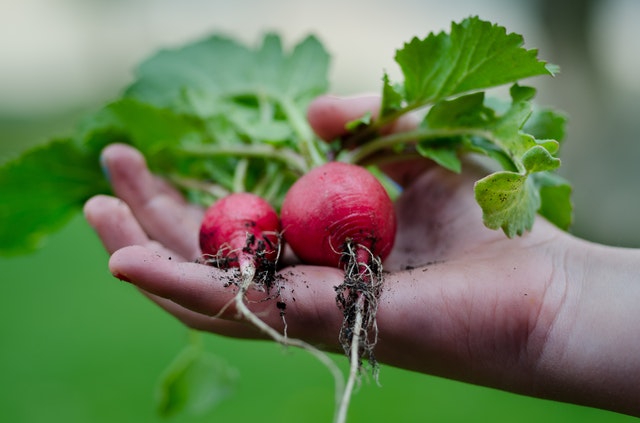
The secret to success is having a clear vision and a route to reach it. Knowing this, start by making the following decisions;
- Nutritional and caloric needs. What is your daily food needs to be supplied by your kitchen garden? The common practise is growing perishable supplies such as vegetables and sourcing rich caloric foods like rice, pasta and corn products externally.
- The scale of production. Are you going for subsistence production or there is a commercial aspect of selling excess yields? Based on your family size and number of meals per day, are you going to grow vegetables on a container or a backyard garden
- Plant Varieties. Will you practice mono-cropping or are you going to mix-crop leaf, fruit and root vegetables.
- Sustainability. A Are you producing food onetime from your victory garden or do you aspire for year-round production? Plan putting in mind various factors such as climate, plant yield potential and maturity period from planting to harvest.
These decisions will guide you in the next 4 phases of planning, sourcing supplies, establishing your farm and crop management.
2. Invest in the relevant information
There is a reason your simple appliances like a phone or fridge came with a user’s guide. It is to minimize user mistakes and eliminate losses. To be successful in kitchen gardening, invest your time gaining latest and relevant knowledge on backyard gardening. Get the latest back yard farming guide.
A farming guide can boost your success in establishing and maintaining your backyard farm. In addition, they are full of illustrations and videos to guide your DIY urban farming in limited farming spaces.
Which are the best guides on kitchen gardening? Our top book and documentary recommendations you can access from Amazon are;
- Victory Garden – Victory Garden Guide for Self Sufficiency and Self Sufficient Living
- The Vegetable Gardener’s Container Bible: How to Grow a Bounty of Food in Pots, Tubs, and Other Containers
- The New Victory Garden
- The Chinese Kitchen Garden: Growing Techniques and Family Recipes from a Classic Cuisine
Alternatively, there are thousands of free blogs, websites and YouTube videos you can gather this information. Peruse one intended for a region near you. However, there is a disadvantage to that route, you may waste a lot of precious time on irrelevant information. This is true for mediocre materials designed to mint cash from you.
3. Plan, plan and plan
At this stage, it’s crucial to plan your resources and time to ensure successful kitchen farming. The key things to consider are;
- Inventory and resources checklist. Check on the availability of resources needed to thrive successfully in urban farming. Consider all the farm input requirements (certified seed, compost, fertilizers, vegetable containers and plant pots, spraying bottle, shovel, gloves etc.) Determine the time per day required to farm and plan accordingly.
- Staggered production Schedule. You don’t want a scenario of excess yields in one week followed by starvation in the next. Consider phased production where you plant on different days or weeks to ensure continuous harvesting and sustainable benefits.

This planning step will culminate in the production of actionable schedules on stocking farming inputs, a planting schedule, and harvesting dates.
If you realise any challenge at this step. You can review your goals in step two to reflect your resource availability.
4. Source for your Supplies
Using the stocking schedule, order all the farm inputs and tools required to set you off. Most of your common inventory needs like farm tools, organic fertilizers and growing medium like coco peat. You can source most of these from the nearest farm shops. Others like customized vertical farming containers may be hard to find locally.
You can order these online from a reputable online store like the amazon, Alibaba or Home Depot. Some of those deliveries take days to weeks if they are shipped overseas. The advantage is that they make deliveries to your doorstep or address.
5. Establish your kitchen farm
The real experience is establishing your farm and learning hands-on. Your operations can be simple or complex depending on your goals. One can grow seed sprouts in bottles, microgreens in a seeding tray or an apple tree in the backyard. There are many steps in establishing your kitchen garden. You can summarize them into;
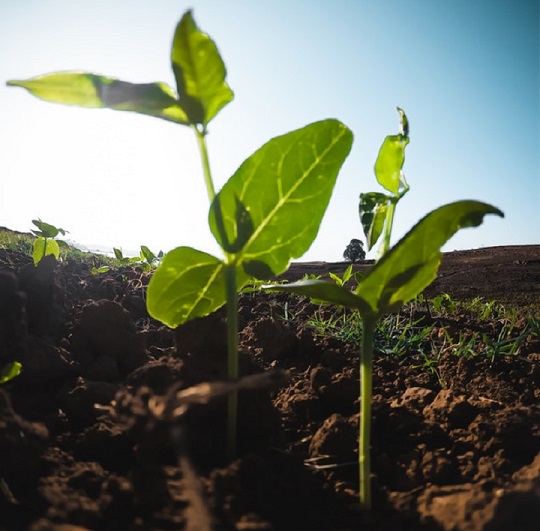
- “ Land Preparation.” These are steps necessary to make your kitchen garden ready for planting crops. They include setting raised seedbeds, potting vegetable containers with compost, farmyard manure and topsoil, raking your patio garden, establishing a greenhouse etc. Refer to your farmer guide in step 2 for the best results.
- Seed propagation. This is necessary when you have to raise seedlings before transplanting. You can do this in seedling trays and seeding cups placed in a propagation tunnel/ greenhouse for clean seedlings. For a better result, use an alternative seeding material rather than soil. These include Sphagnum moss, vermiculite, perlite, coco peat, or coarse sand.
- Transplanting. Transfer your seedlings from nursery to the actual main field, whether open field, in greenhouses or plant pots.
The above steps will set your path in crop production. But to be successful, you must efficiently manage your crops as follows.
6. Crop management
For quality yields, observe Good Agricultural Practises (GAP). Follow your farm guide on matters to observe the right;
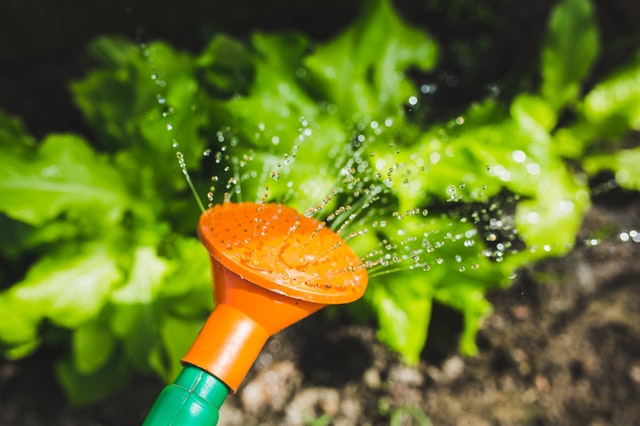
- Irrigation. Your plant watering needs to ensure proper healthy plant growth.
- Crop nutrition. When and how to apply fertilizers, compost and composted farmyard manure for adequate mineral supply needed for your plant feeding.
- Pest control. Monitor your plants, diagnose and treat them to get rid of pest and disease infestation
- Harvesting. Collect your yields for self-consumption, preservation and other uses.
- Preservation. Apply the simple DIY food processing techniques at home to increase the shelf life of your plant yields. You can dry, mill, freeze, etc.
7. Enjoy your efforts
It is time to enjoy your organically grown vegetables. If it’s first time growing your own food or looking to expand your knowledge, get the latest recipe and food preservation materials in town. This will guide various food preparations and preservation processes. Amazon has a big collection of these that you can peruse in this link.

8. Scale-up
The surest way of learning is through doing. Based on lessons you will gather growing crops for the first time, improve your farming going forward.
READ NEXT: How to start a profitable organic farm-A guide
Keep expanding and exploring different crops and small livestock varieties. If your production is superb, you can expand into a commercial urban farm. To be highly profitable, market your yields as organically and hygienically produced and handled.
Self-sufficiency in food production independent of the market should be a personal goal. You can set up a survival garden during this crisis of COVID-19 pandemic. The current crisis may metamorphose into a global food shortage. This quick start guide on starting an organic survival garden may be beneficial. Though its primary focus is vegetable farming, its steps may guide you in poultry, beekeeping or rabbit farming.
Disclosure; Agcenture is a participant in Amazon Services LLC Associates Program an affiliate advertising program designed to provide a means for us to earn fees by linking to amazon.com and affiliated sites.
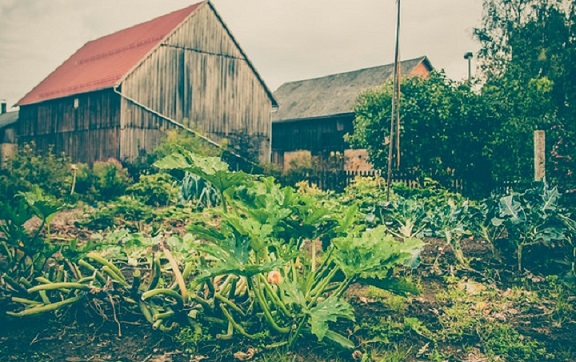



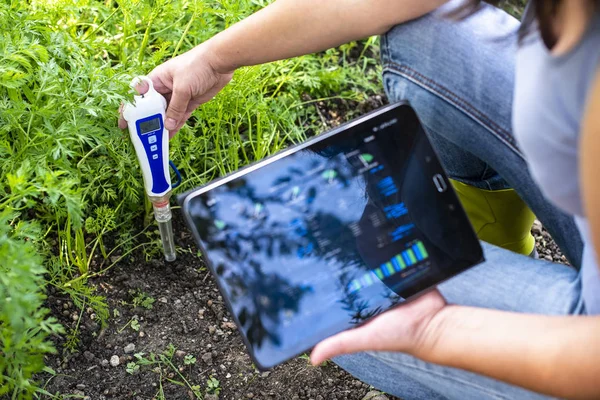
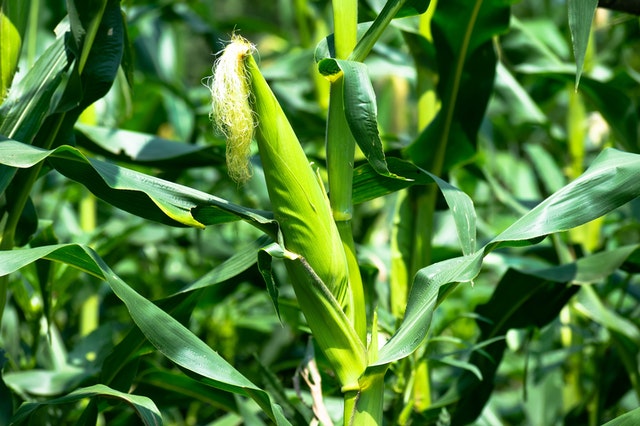
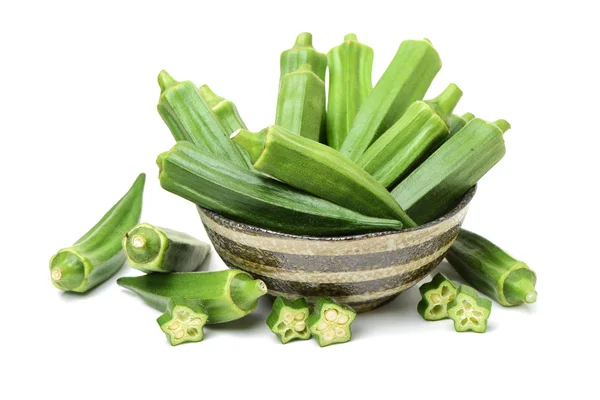
I was able to find good info from your blog posts.